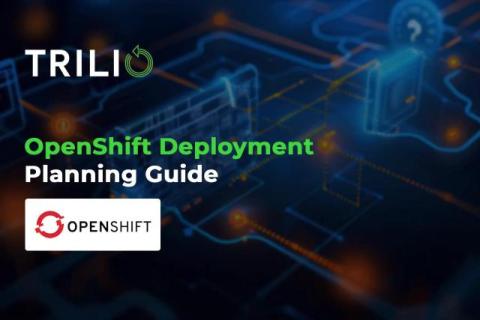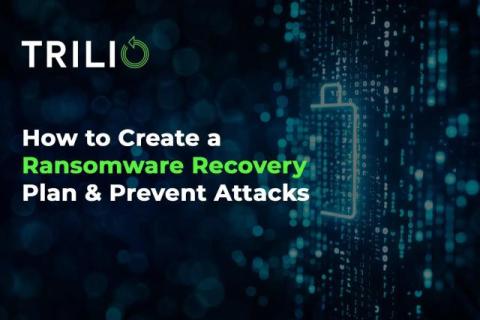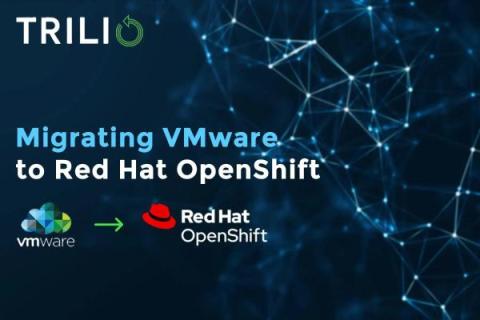GRC in Cybersecurity: What It Is and Why It's Important
With businesses increasingly relying on digital systems, the combination of governance, risk management, and compliance (GRC) has become essential for an effective cybersecurity strategy. This framework helps organizations manage cyber risks, comply with regulations, and protect sensitive data.











